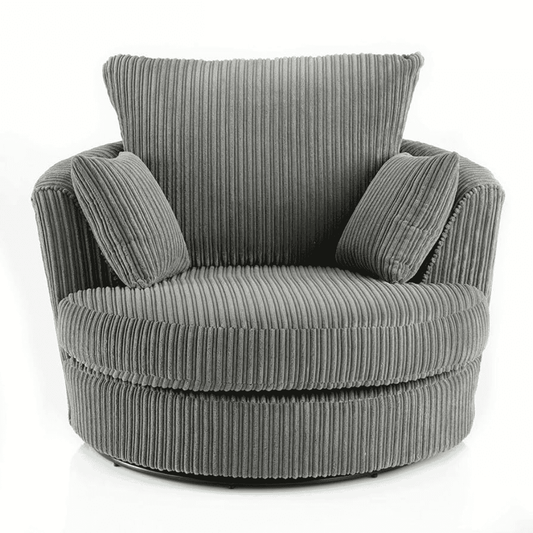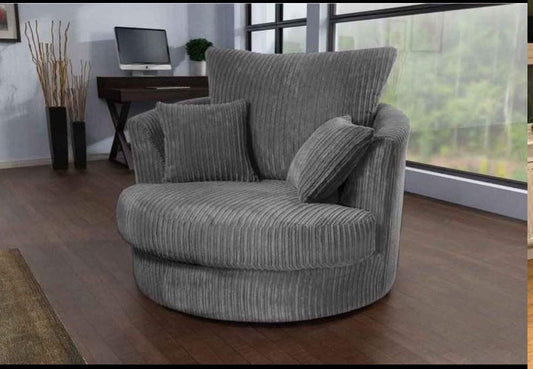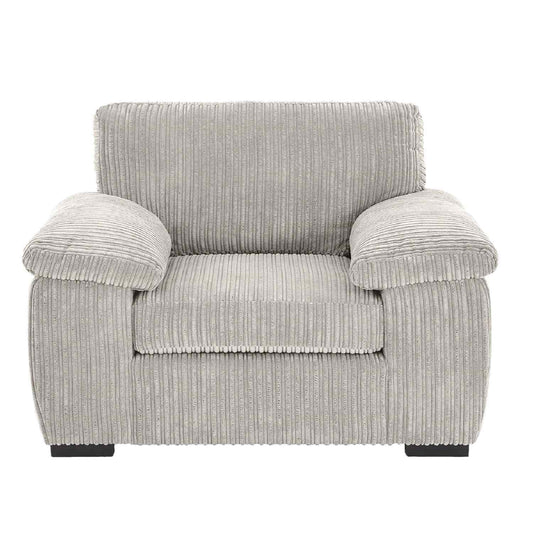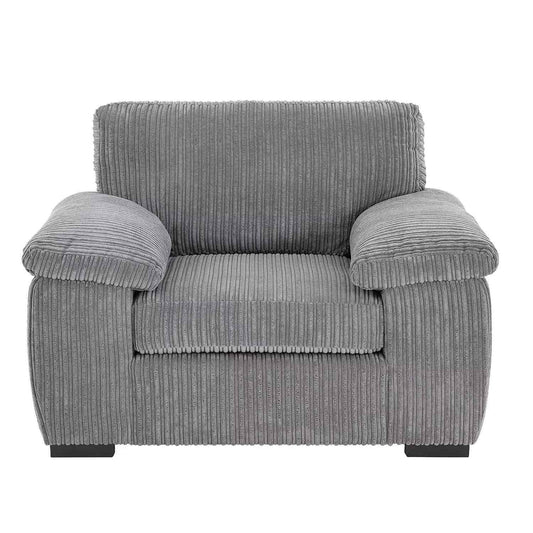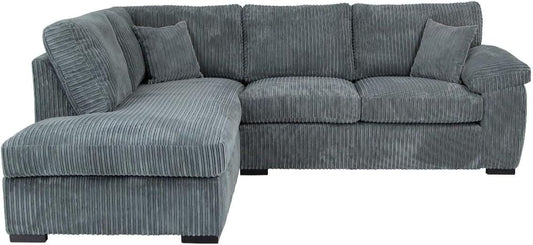How to Maintain Your Sofa to Keep It Looking Brand New
A well-maintained sofa can be a beautiful and functional centerpiece in your home. By following these tips, you can keep your sofa looking its best for years to come:
1. Regular Cleaning
Vacuum your sofa regularly, paying attention to the crevices and cushions. For upholstery fabrics like cotton, linen, or microfiber, spot clean stains with a mild detergent solution and a clean cloth. Avoid using harsh chemicals or excessive moisture.
2. Protect from Sunlight
Direct sunlight can cause fading and discoloration. This will help preserve the color and vibrancy of the upholstery.
3. Avoid Pets and Spills
Pets can cause wear and tear on sofas, with scratching, shedding, and accidents. If you have pets, consider using a pet-resistant cover or training them to avoid the sofa. Additionally, be cautious of spills and promptly clean them up to prevent stains.
4. Proper Cushioning Care
Plump and fluff your sofa cushions regularly to maintain their shape and prevent sagging. Rotate the cushions periodically to ensure even wear and tear. If your cushions are removable, consider having them professionally cleaned or airing them out outdoors.
5. Prevent Sagging
To prevent your sofa from sagging over time, avoid sitting on the same spot constantly. Shift your weight and distribute it evenly across the seat cushions.
6. Avoid Excessive Weight
Excessive weight can strain the sofa's frame and cushions. Avoid jumping or standing on the sofa, as this can cause premature wear and tear.
7. Use Protective Covers
For added protection, consider using sofa covers. These can help prevent spills, stains, and wear and tear. Choose covers made from durable materials that are easy to clean.
8. Professional Cleaning
Regular professional cleaning can help remove deep-seated dirt and stains that are difficult to remove at home. Consider having your sofa professionally cleaned every one to two years.
9. Avoid Direct Heat
Placing your sofa near heat sources like radiators or fireplaces can cause the upholstery to dry out and crack. Avoid placing it in areas with direct heat exposure.
10. Inspect for Pests
Regularly inspect your sofa for signs of pests, such as bedbugs or fleas. If you notice any signs of infestation, contact a professional pest control service immediately.
11. Avoid Excessive Moisture
If your sofa gets wet, dry it thoroughly as soon as possible. Avoid placing it in damp or humid areas.
12. Consider Upholstery Fabric
When purchasing a sofa, consider the durability and stain resistance of the upholstery fabric. Fabrics like microfiber, polyester, and leather are often more stain-resistant and easier to clean.
13. Avoid Harsh Chemicals
Avoid using harsh chemicals or abrasive cleaning agents on your sofa, as they can damage the upholstery. Stick to mild detergents and gentle cleaning methods.
14. Protect from Sharp Objects
Keep sharp objects away from your sofa to prevent punctures or tears in the upholstery.
15. Store Properly
If you need to store your sofa for an extended period, cover it with a protective sheet and store it in a cool, dry place. Avoid storing it in damp or humid areas.
By following these tips, you can help maintain the beauty and longevity of your sofa. Regular cleaning, proper care, and protection from the elements will ensure that your sofa remains a cherished piece of furniture in your home.
Additional Tips for Maintaining Your Sofa
To further prolong the life of your sofa, consider these additional tips:
1. Rotate Cushions Regularly
Rotate your sofa cushions regularly to ensure even wear and tear. This will help prevent sagging and maintain the sofa's shape.
2. Avoid Placing Heavy Objects on the Sofa
Avoid placing heavy objects on your sofa, as this can cause the frame to sag or break.
3. Consider a Sofa Cover
A sofa cover can provide an extra layer of protection against spills, stains, and wear and tear. Choose a cover made from a durable, easy-to-clean material.
4. Check for Loose Threads or Stitches
Regularly inspect your sofa for loose threads or stitches.
- Avoid Exposing Your Sofa to Extreme Temperatures
Avoid placing your sofa near heat sources or cold drafts. Extreme temperatures can cause the upholstery to fade, crack, or become brittle.
6. Consider Professional Upholstery Repair
If your sofa has significant damage, such as a tear or a broken frame, consider having it professionally repaired. A skilled upholsterer can restore your sofa to its original condition.
7. Consider Replacing Worn-Out Cushions
Over time, sofa cushions can become worn out or lose their shape. If your cushions are no longer comfortable or supportive, consider replacing them.
8. Avoid Using Harsh Cleaning Products
Avoid using harsh chemicals or abrasive cleaning products on your sofa, as they can damage the upholstery. Stick to mild detergents and gentle cleaning methods.
9. Consider Using a Furniture Protector
A furniture protector can help shield your sofa from spills and stains. Apply the protector according to the manufacturer's instructions.
10. Inspect Your Sofa Regularly
Regularly inspect your sofa for signs of damage, such as tears, stains, or sagging. Addressing these issues promptly can prevent further damage and prolong the life of your sofa.
By following these tips, you can help maintain the beauty and longevity of your sofa. With proper care and maintenance, your sofa can remain a cherished piece of furniture in your home for many years to come.
Conclusion
By following these tips, you can help maintain the beauty and longevity of your sofa. Regular cleaning, proper care, and protection from the elements will ensure that your sofa remains a cherished piece of furniture in your home. Remember to inspect your sofa regularly, address any issues promptly, and avoid using harsh chemicals or abrasive cleaning methods. With proper care, your sofa can continue to provide comfort and style for years to come.

